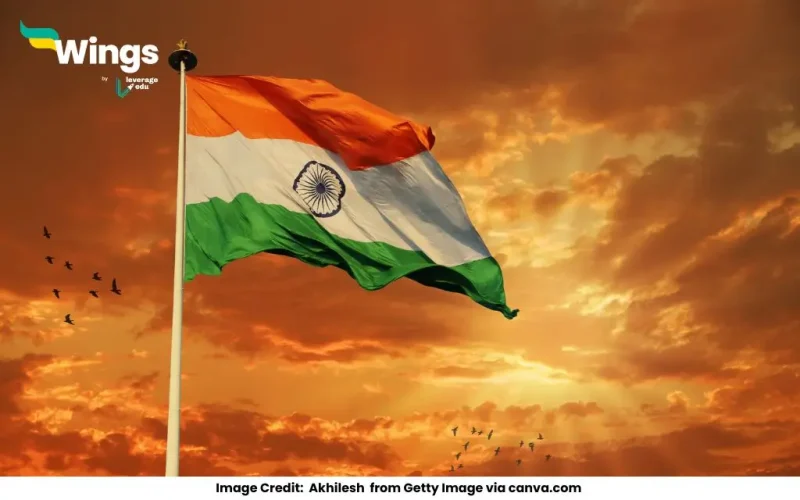The Indian National Flag, a symbol of the nation’s pride and unity, was designed by Pingali Venkayya, a freedom fighter and an agricultural scientist from Andhra Pradesh. He proposed the basic design of the flag in 1921, which evolved over time to become the tricolour we proudly hoist today.
The Evolution of the Indian National Flag
1. The First Flag (1906): The earliest version of the Indian flag was hoisted on August 7, 1906, in Calcutta (now Kolkata). It had three horizontal stripes of green, yellow, and red, featuring symbols like the lotus, sun, and crescent moon.
2. The Berlin Committee Flag (1907): Known as the Bhikaji Cama flag, it was unfurled in Germany by freedom fighter Madam Bhikaji Cama. This version had green, saffron, and red horizontal stripes with “Vande Mataram” inscribed on it.
3. The Home Rule Flag (1917): Designed during the Home Rule Movement, this flag included the Union Jack, reflecting India’s dominion status under British rule, along with seven stars in the shape of the Saptarishi constellation.
4. Pingali Venkayya’s Flag (1921): Pingali Venkayya presented a two-coloured flag (red and green) at the All India Congress Committee meeting in Bezwada (now Vijayawada). Mahatma Gandhi suggested adding a white stripe for peace and a spinning wheel (charkha) to represent self-reliance.
5. The Tricolor of 1931: In 1931, the tricolour was adopted as the national flag. It had saffron, white, and green stripes with the charkha in the centre. The charkha was added by Surayya Tayabji and Badr-ud-Din Tyabji. This version closely resembles the current flag.
6. The Present Flag (1947): The modern tricolour was officially adopted on July 22, 1947, just before independence. The Ashoka Chakra, a 24-spoked wheel, replaced the charkha.
Meaning Behind the Flag’s Colors and Chakra
- Saffron: Courage and sacrifice
- White: Peace and truth
- Green: Fertility and growth
- Ashoka Chakra: Representing dharma, law, and eternal progress
Significance of the Flag on Republic Day
The Indian National Flag holds special prominence during Republic Day celebrations on January 26. This day marks the adoption of the Indian Constitution in 1950, transforming India into a sovereign republic. The flag is hoisted at the Rajpath in New Delhi, accompanied by a grand parade showcasing India’s cultural and military heritage.
Pingali Venkayya’s vision laid the foundation for the Indian National Flag, which has become an enduring emblem of the country’s identity, values, and aspirations. Whether during the Republic Day parade or Independence Day celebrations, the tricolour continues to inspire patriotism and unity among Indians.
Common Doubts
 60,000+ students trusted us with their dreams. Take the first step today!
60,000+ students trusted us with their dreams. Take the first step today!


 One app for all your study abroad needs
One app for all your study abroad needs










